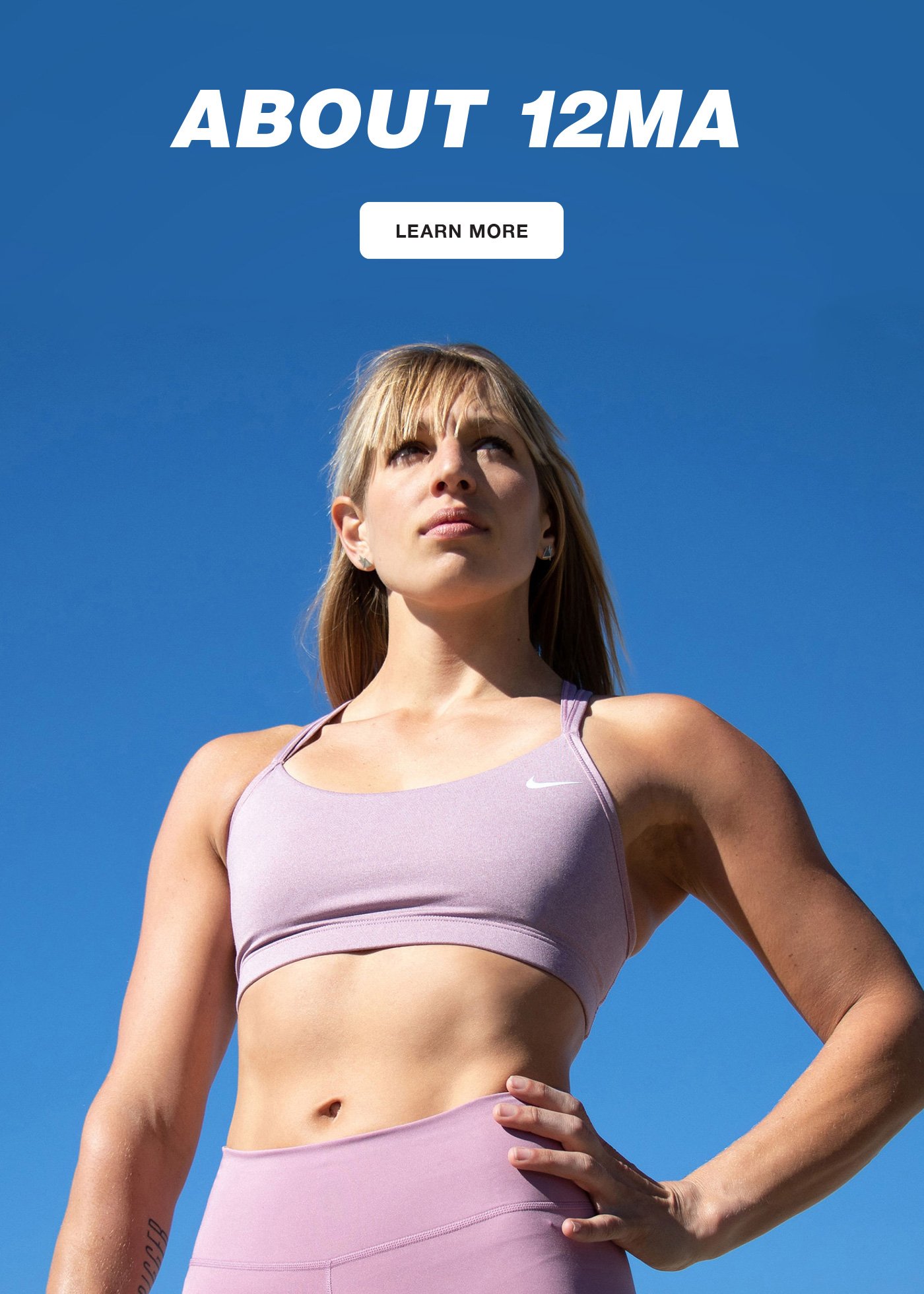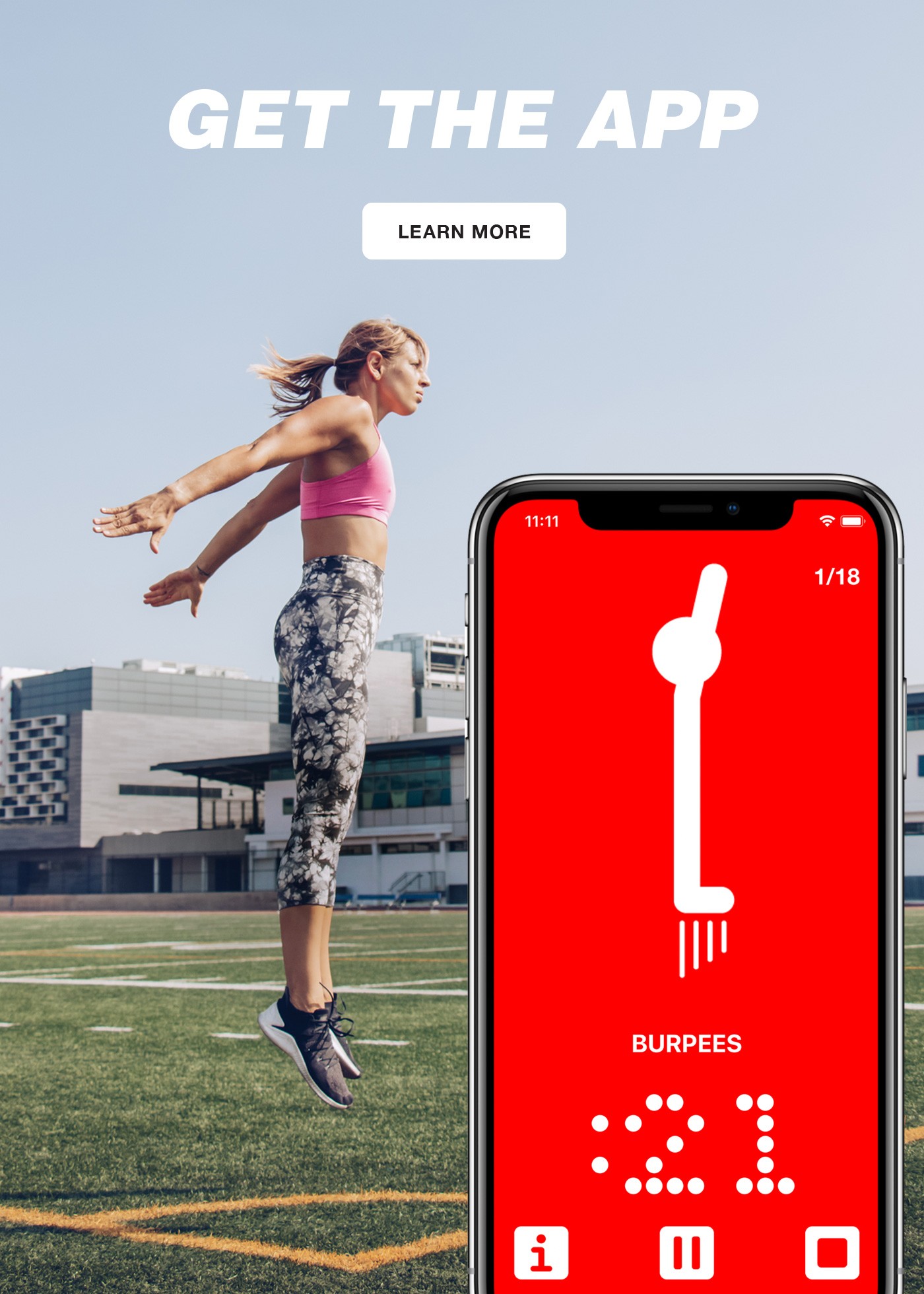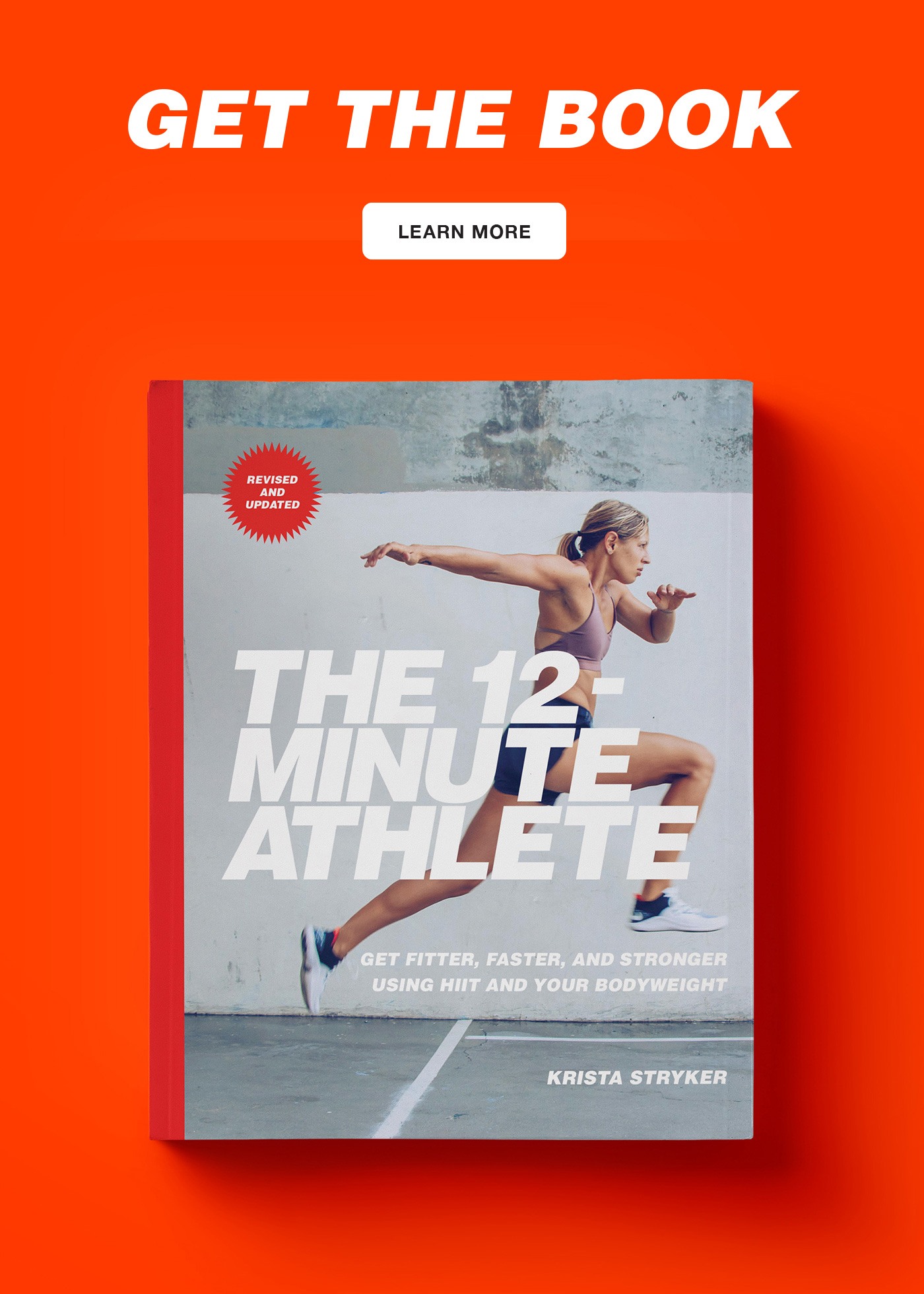If you’re like me, you’ve probably been told for most of your life (especially if you were a high school athlete) that you need to cool down after you exercise.
I specifically remember being told this after my soccer games as a teenager or even in P.E. after running sprints. My coach told me I could not sit down, no matter what—even though all I wanted to do was lie there in a heap of sweat and exhaustion.
Later on, when I studied for my personal training certification, I quickly realized there was a general consensus among trainers about how to properly go about working out: a 10-minute or so warmup, a 45-minute-ish workout, and a 5-10 minute cool down. Now don’t get me started on the warmup/workout time (I’ll save those for another post)—today I just want to focus on the cool down, and whether this consensus is actual science that you need to follow.
So what happens when you skip the cool down completely after your workout (as many of us no doubt do)? And are cool downs really necessary?
The science behind a cool down
For as long as there has been research about exercise, cool downs have been around. Coaches, personal trainers, fitness books and magazines insist on it—even the exercise equipment at the gym has an automatic cool down when you select the pre-determined workout option.
Apparently, the thinking behind the cool down is that most people (including trainers and coaches) assume that doing a proper cool down after your workout will assist with recovery and help you feel less sore or keep your muscles from tightening up after a hard workout (whatever that actually means).
The problem? There’s actually no science to back this up. As in, none at all.
In fact, one of the first studies actually done on exercise cool downs in 2007 suggested that cooling down had absolutely no impact on muscle pain the next day. Meaning, those who went through the cool-down process after their workout were just as sore as those who did no cool down at all.
Is a cool down necessary at all?
Although at this point the research seems pretty clear that cooling down doesn’t have any benefit in your post-workout recovery, there is one thing that scientists agree upon: cooling down may help prevent possible dizziness you may experience after really intense exercise.
This is because when you’re working really hard, blood can build up in your veins, which can lead to dizziness or fainting if you stop immediately and do something like just sit down right after your workout.
And although for the average exerciser, this probably isn’t the case at all, the workouts we do here on 12 Minute Athlete do fall into this work-really-hard category. Meaning… you probably shouldn’t just sit down right after you do a HIIT workout.
Yet that also doesn’t mean you need to have a formal 10-minute cool down that turns your 12 minute workout into a 22 minute one. Because we’re all about efficiency here, right?
So what should you do?
Since the whole key with HIIT workouts is to work as hard as you possibly can when you’re doing them, you probably (and hopefully) will be sweating like crazy, with your heart pounding out of your chest after you do a workout.
While most people will be just fine taking a few moments to just breathe and catch their breath, it’s not a bad idea to move around a bit after your workout to keep your blood flowing and help your heart rate get back to normal.
Here are a few ways you can cool down after your workout:
- Go for a walk around the block, to the mailbox, etc. Fresh air always feels good after a tough workout, and walking will help mellow you out before hopping in the shower, making a protein shake or whatever you do after your workouts. No need to make it long, just a few minutes at a relaxed pace is plenty.
- Pace around the room for a minute or so. This is what I tend to do after I’ve had a really tough workout, partly because it just doesn’t sound good to sit down yet. It has the same effect as walking does.
- Do some bonus exercises or work on skill work. A lot of the times, after my HIIT workout is done, I like to take a few minutes and work on a skill I’ve been wanting to master. I might pace around for a minute or so to let my heart rate come down, then do something like practice my handstands, do a few pull ups, or whatever I’ve been wanting to work on. When you do this, really focus on your form and your skill, rather than intensity like you do in the workouts.
- Stretch or foam roll (but only after moving around for a second). There’s something about stretching that feels great after a workout. It’s not necessary to combine the two (you can stretch at any time of the day, provided you warm up a little bit first), but sometimes it can be more motivating to get in a little flexibility work right after your workout.
Whatever you decide to do, keep in mind that there’s really no right or wrong way to do it. If you find a cool down that makes you feel good or relaxes you after your workout, stick with it.
If, on the other hand, you’re one of those people who likes to do your HIIT workout and then get on with your day, just keep on doing what you’re doing.
And don’t forget to train hard!



This is really interesting – I’ve noticed that now that I’ve upped the amount of pilates and yoga I do each week, I dont really notice the effects as much when I don’t “cool down” or stretch after a HIIT session. Great post!